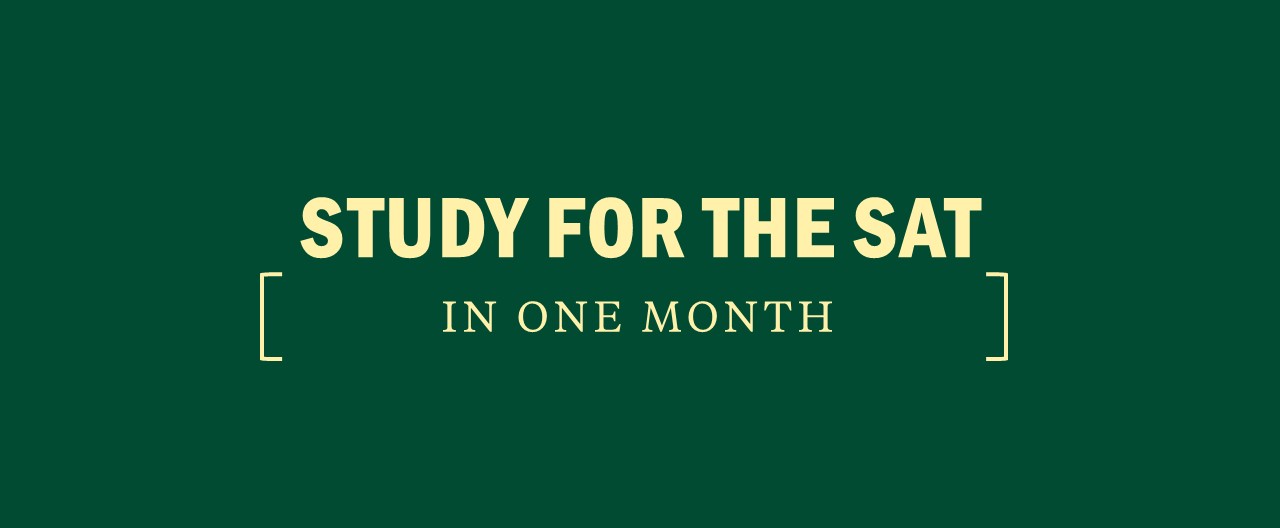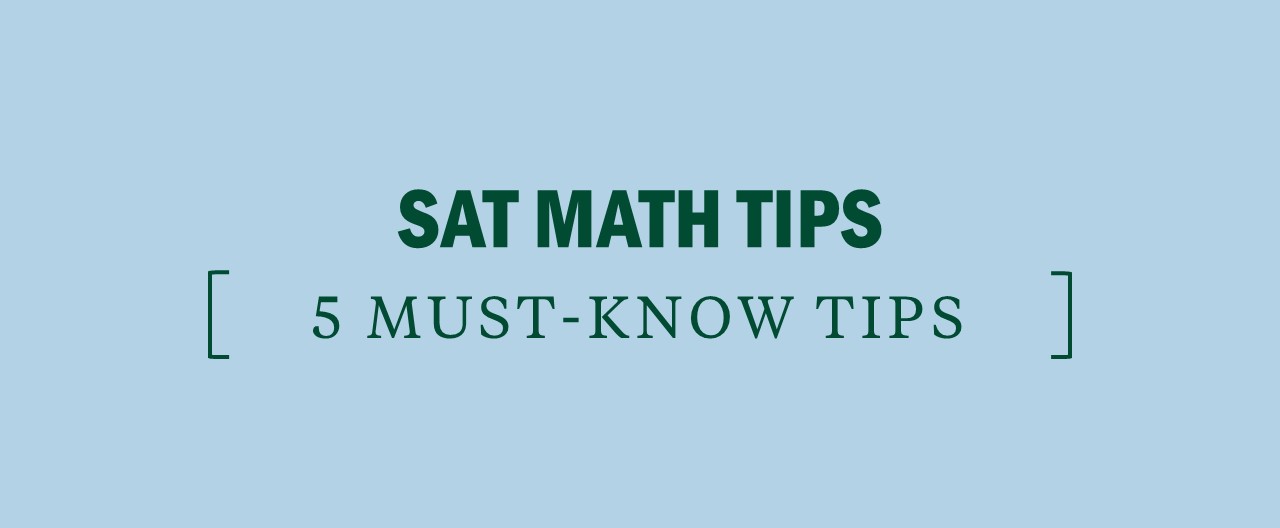How to Study for the SAT in 1 Month
Studying for the SAT in a month is possible, though it’s recommended that you spend 10 to 20 hours per week over the course of two or three months prepping for the SAT. But if you only have 30 days, here’s how you can get it done and get a good SAT score.
[ RELATED: SAT 3-Month Study Plan ]
Get ahead of the most challenging parts of the new Digital SAT by taking this readiness quiz.
Before you actually start, you’ll want to get organized. With just one month until your SAT test date, create a study calendar. You should be realistic when planning your studying, taking into account all of your other obligations, including homework, extracurricular activities, travel time, etc.
A study calendar will make the daunting task of prepping for the SAT more manageable. Building an entire calendar before you start your prep will help keep you accountable. You’ll be able to make space for your SAT prep ahead of time, and you’ll know exactly what to study each day.
There are four sections on the SAT: reading, writing, math without a calculator. There is also an optional essay (most students choose to complete it).
You’ll want to make sure that you budget time in your study calendar to prep for each section of the SAT every week, and also to take and review a practice test.
SAT Sample 1 Week Study Schedule
- Day
- Sunday
- Monday
- Tuesday
- Wednesday
- Thursday
- Friday
- Saturday
- Study Task
- Take a full-length practice test
- Review practice test answers and explanations
- Take the day off
- Prepare for the reading section
- Prepare for the writing and language section
- Review practice test answers and explanations.
- Prepare for the math section
There is flexibility in how you lay out your personal study calendar, especially if you want to spread your studying over 6 days (taking at least one day off a week is a good idea to give your brain some time to rest, process, and recharge). You should always take your practice tests in a single sitting—that’ll probably be your longest day of studying each week (3 hours).
If you want to fit in a week’s work of studying in 4 days, you might consider reviewing your practice test and working on Writing & Language Prep in the same day. However you decide to use your time, build out your entire month’s calendar at the onset. Once your study calendar is done, you’re ready to begin.
SAT 1 Month Study Plan: Week 1
Week 1 is all about assessing your baseline score and current skill level. By taking and scoring a SAT practice test, you can identify where you are starting and how far you are from your personal SAT score goal.
Use the results of your first practice test to identify where your greatest areas of opportunity are. For example, if you got most Math questions with Exponents wrong, you’ll want to flag that topic for a foundational concept review. On the other hand, if you got most Geometry questions correct, you shouldn’t spend too much time reviewing concepts, but focus instead on studying test-taking strategies to make you more efficient on those question types.
What To Study During Week 1
- Step 1: Take and score a full-length SAT practice test in a single sitting.
- Step 2: Review your practice test, identifying your areas of opportunity. Reviewing the test should take at least as long as it took to take it. Start with the questions you got wrong first to identify where you went wrong (Do you need to brush up on the concept? Did you make a calculation error in your scratchwork?). Then, review the questions that you got right. Compare how you got the answer to the explanation provided to see if there was room for you to be more efficient in getting to the right answer.
- Step 3: Study for each section of the test, reviewing/learning foundational concepts as needed, doing practice sets, and reviewing each question.
SAT 1 Month Study Plan: Week 2
Start Week 2 with another SAT practice test. If you got similar question types wrong as you did last week, you’ll really want to hone in on those areas this week. Use your practice test review day to identify the areas that you’ll focus on this week in each section of the test. Be sure to spend some quality time this week learning and practicing test-taking strategies and methods for each section.
What To Study During Week 2
- Step 1: Take and score a full-length SAT practice test in a single setting.
- Step 2: Review your practice test.
- Step 3: Study for each section of the test following your study calendar.
SAT 1 Month Study Plan: Week 3
With just two weeks until your SAT Test Day, this will be the last week where you focus on foundational material and concept review. Use your practice test results to guide your studying, as you did in Weeks 1 and 2.
What To Study During Week 3
- Step 1: Take and score a full-length SAT practice test in a single setting.
- Step 2: Review your practice test.
- Step 3: Study for each section of the test following your study calendar.
Practice SAT Vocabulary Words
SAT 1 Month Study Plan: Week 4
Okay, it’s the week of the real thing! You should still spend a bulk of the week studying, but you’ll want to make sure to take a day or two off before the test. Do not cram. Since this is the final week, you’ll want to focus on the areas of the SAT where you know you can pick up some extra points.
If your practice test results show broad concepts that you are still missing (e.g., you get nearly all Functions questions wrong on the Math section, this isn’t the time to learn how functions work. You’re unlikely to master the concept in such a short amount of time so you’re better off working to perfect a concept in which you are more firm (question types you are getting right at least 50% of the time).
What To Study During Week 4
- Step 1: Take and score a full-length SAT practice test in a single sitting.
- Step 2: Review your practice test.
- Step 3: Study for each section of the test, focusing on topics that you have not yet mastered, but are getting right at least 50% of the time. Spend time reviewing any test-taking methods or strategies you’ve learned over the course of the past month for each section.
- Step 4: Give yourself some downtime. Make sure to block off the day or two before Test Day and to resist all urges to study more. For the day of the test, don’t change up your routine—go to bed when you usually would to wake up in time for the test, eat the breakfast you usually eat, etc.
- Step 5: Crush the SAT!
SAT Prep Materials
There are a lot of prep materials available to help you study for the SAT in a month.
Top Choices for SAT Prep





